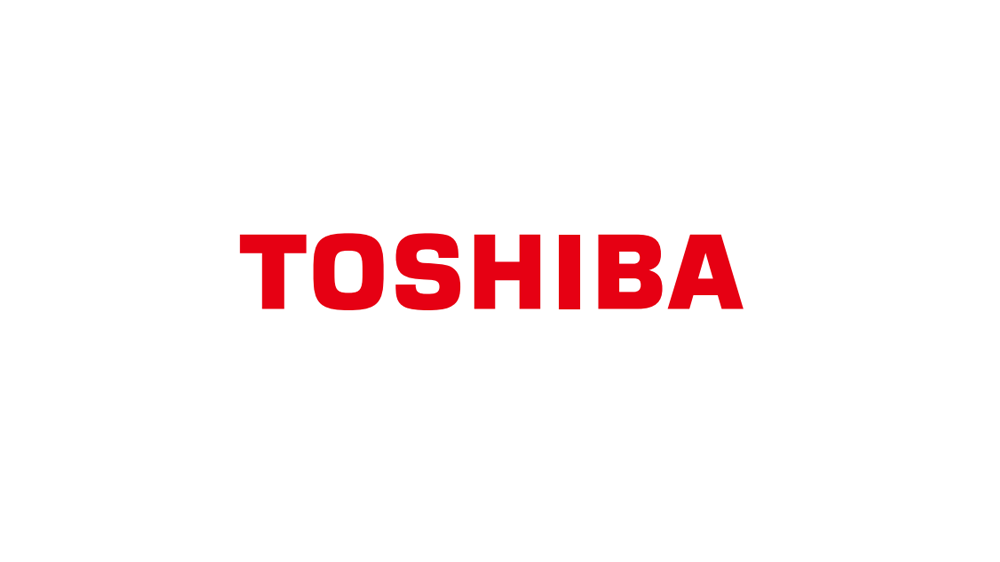There are a wide variety of electrical energy storage methods.
There are a wide variety of electric energy storage methods. One is pumped hydroelectric energy storage (PHES). While it generates electric power, it also serves as a full-fledged power storage technology.It does this by storing water in an upper reservoir, as mechanical potential energy that can be used to meet high electricity demand. Released into a pipe, a penstock, it flows downhill to a lower reservoir with enough force to drive water turbines and power generators. During low electricity demand, surplus energy is used to pump the water from the lower reservoir back to the upper reservoir. For example, if a PHES power plant with four 400-megawatt turbines operates for eight consecutive hours, it can generate electricity equivalent to the daily energy consumption of nearly 1.6 million households(*2).
(*2) Source; Federation of Electric Power Companies of Japan in 2015

Mechanism of pumped hydroelectric energy storage
Toshiba is a long-established leader in PHES technologies, and the originator of one of the sector’s most important technology advances, the world’s first adjustable-speed PHES system. Adjustable speed means that, during both generation and pumping operation, electric power from and to a PHES system can be controlled in response to the change of grid frequency, the latter achieved by rotational speed adjustment of the generator motor of the PHES system. Adjustable-speed PHES systems contribute to more efficient operation and improved power grid stability.

Adjustable-speed generator motor No. 4 at the
Kazunogawa Power Station, Japan
Another technology is rechargeable batteries. You may be familiar with these as storage batteries for smartphones.
Reachargable batteries are an electrochemical energy storage solution. They do not store electricity such as —when the anode material in the positive electrode and the cathode material in the negative electrode are immersed in electrolyte, an electrochemical reaction occurs that discharges electric energy. A reverse electrochemical reaction, charging, occurs when electricity is applied from an external source. This restores the anode and cathode materials to their respective states before discharge and allows repeated use.

Toshiba’s SCiB™ rechargeable battery
Apart from these two technologies, research and development efforts are underway for many different energy storage technologies, including hydrogen energy storage system using fuel cells that chemically convert hydrogen and oxygen energy into electric energy.
These innovations are creating a broad range of energy storage technologies that support our lifestyles by mitigating disruptions in the demand-supply balance that can cause power outages. Energy storage brings more flexibility to the power grid by helping grid operators to manage variable energy resources such as wind and solar.




 Schematic of electromagnetic waves
Schematic of electromagnetic waves





 Highlights
Highlights



